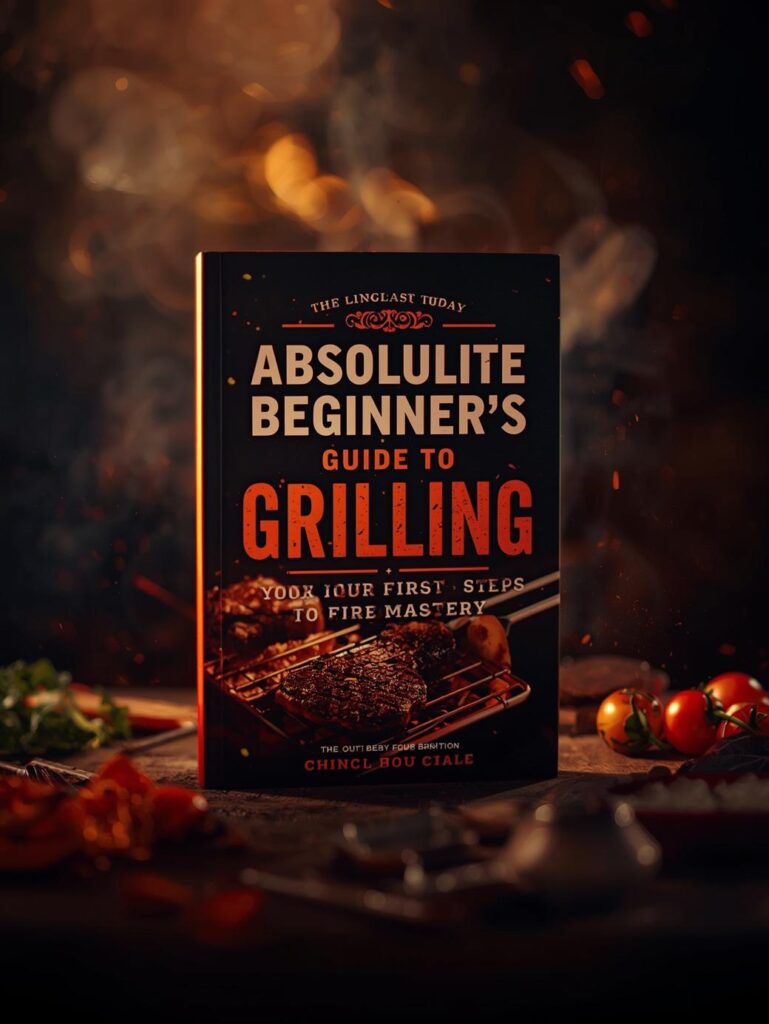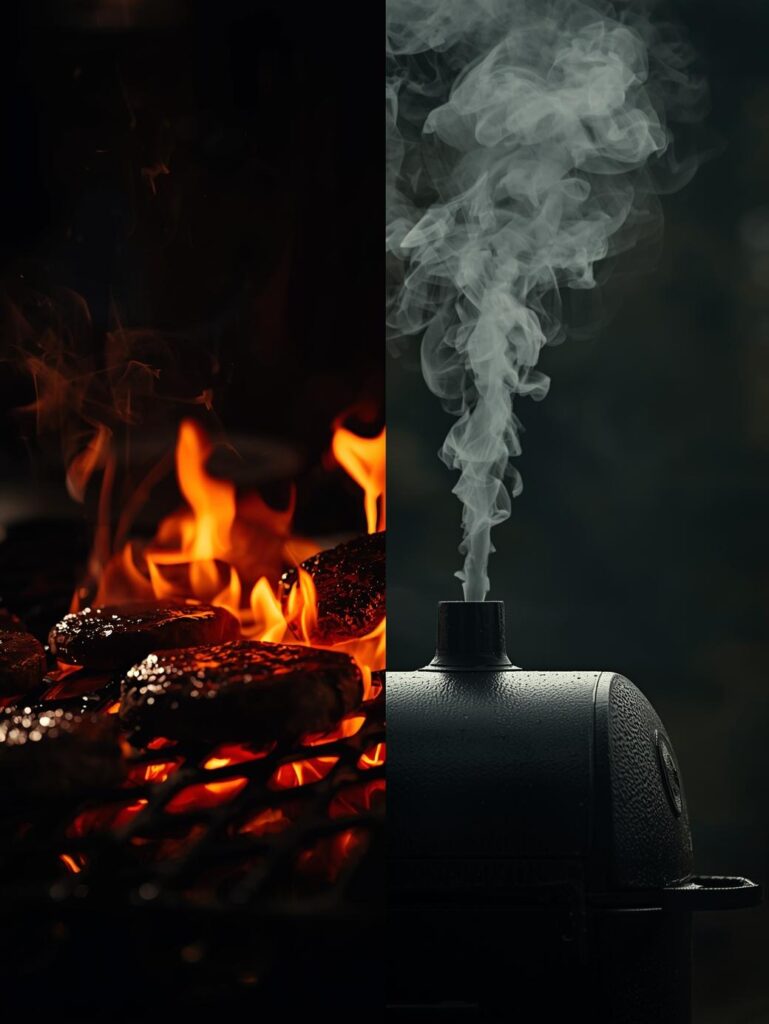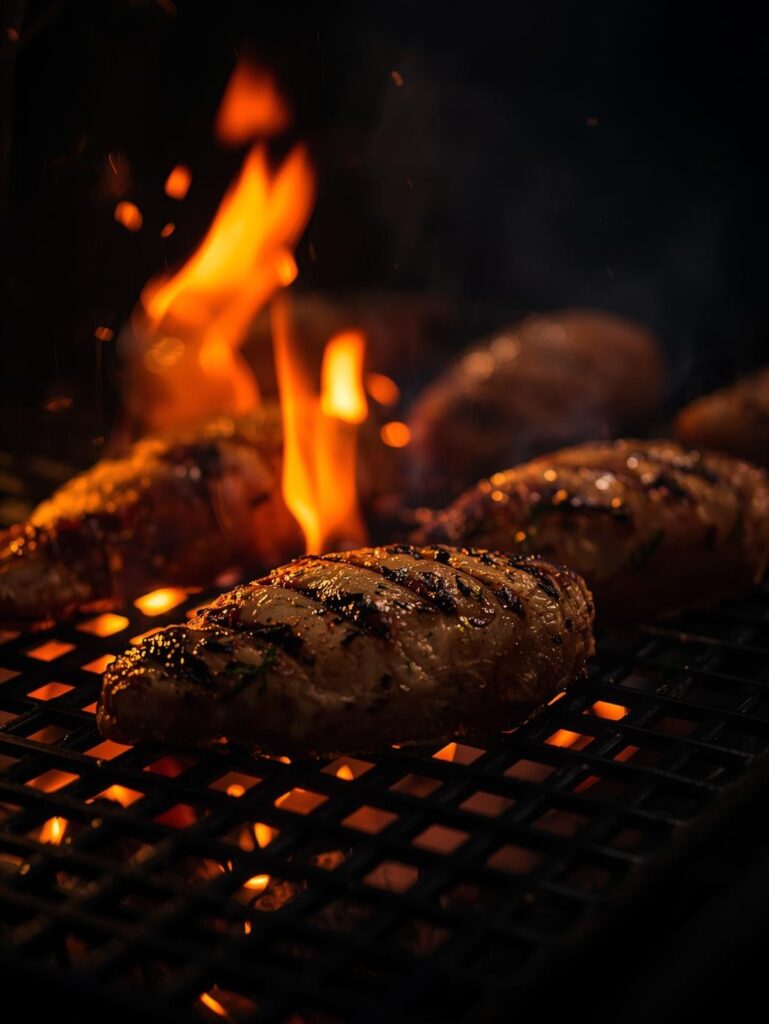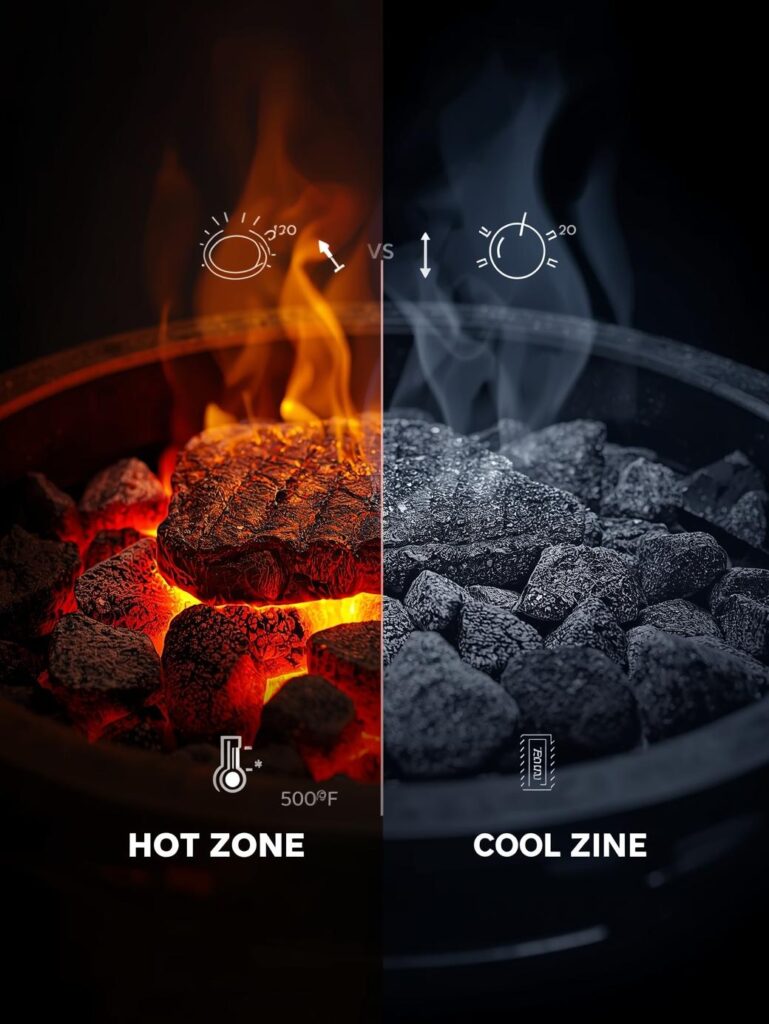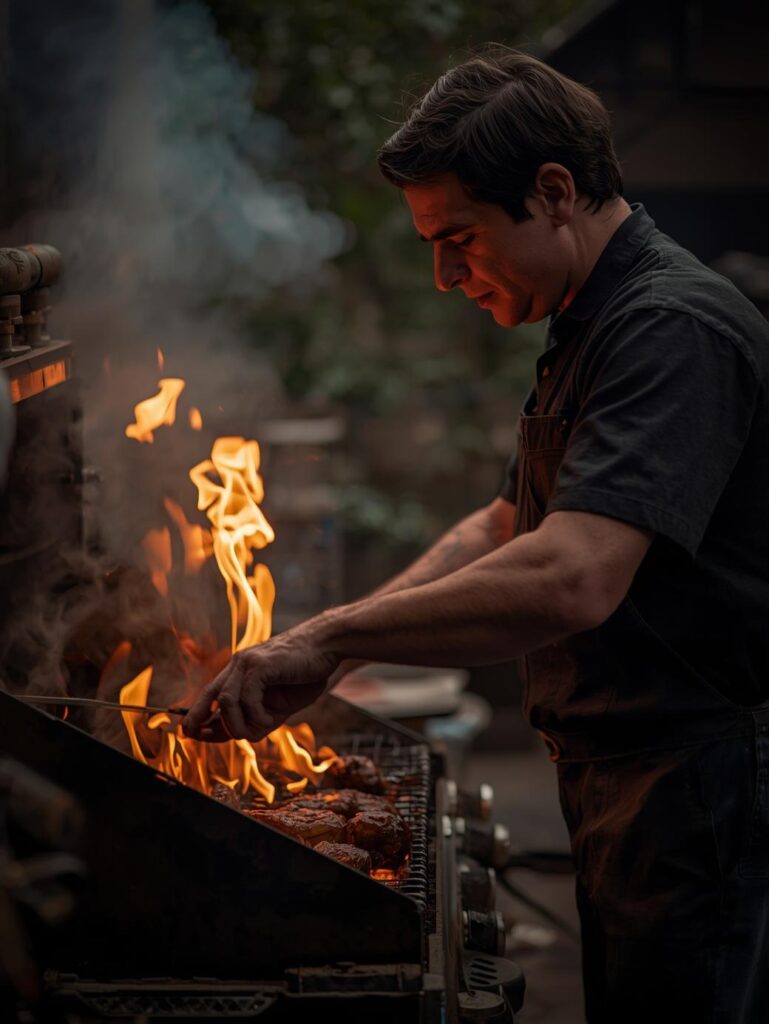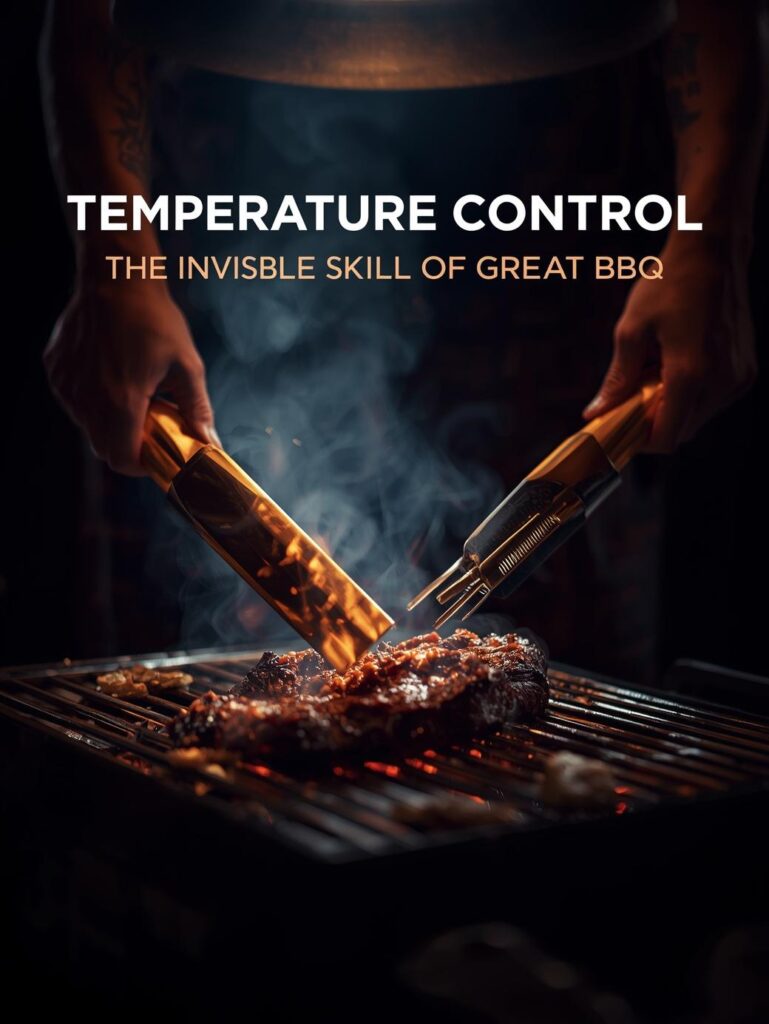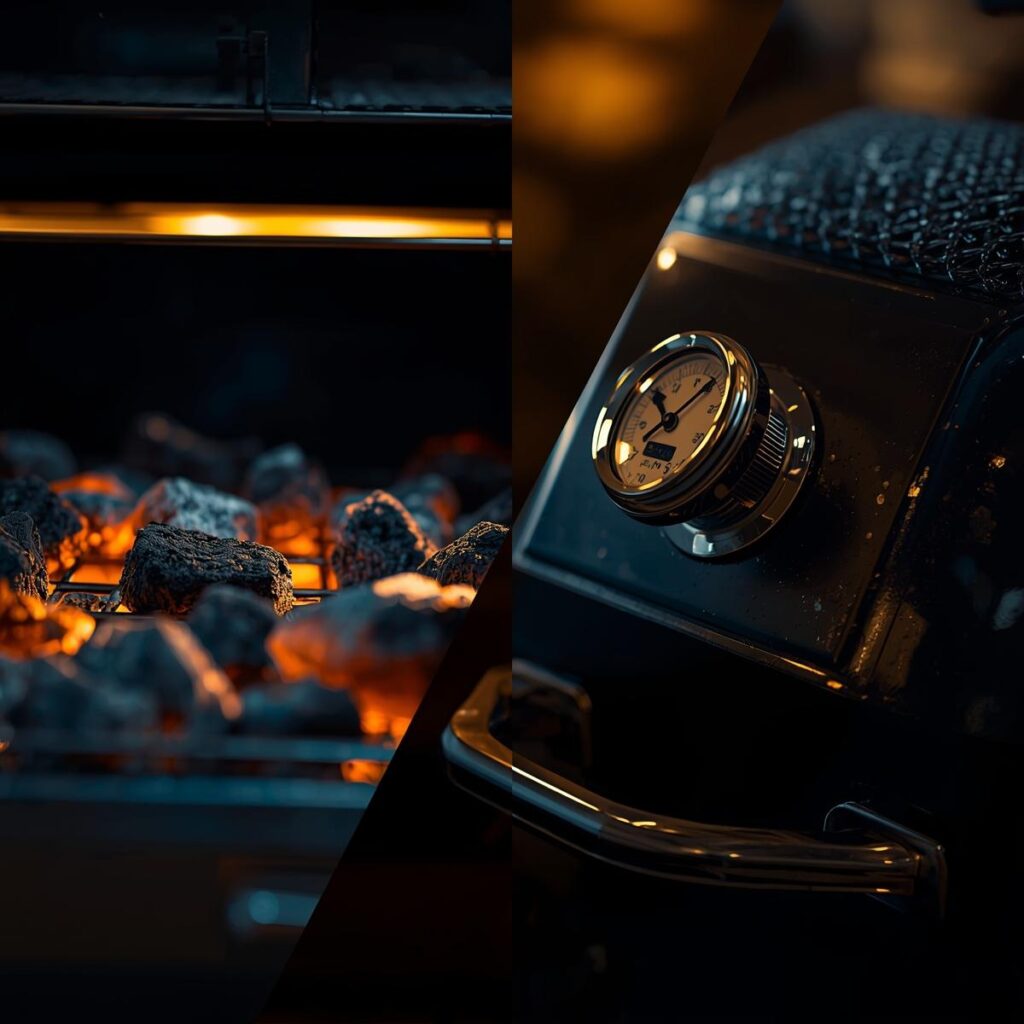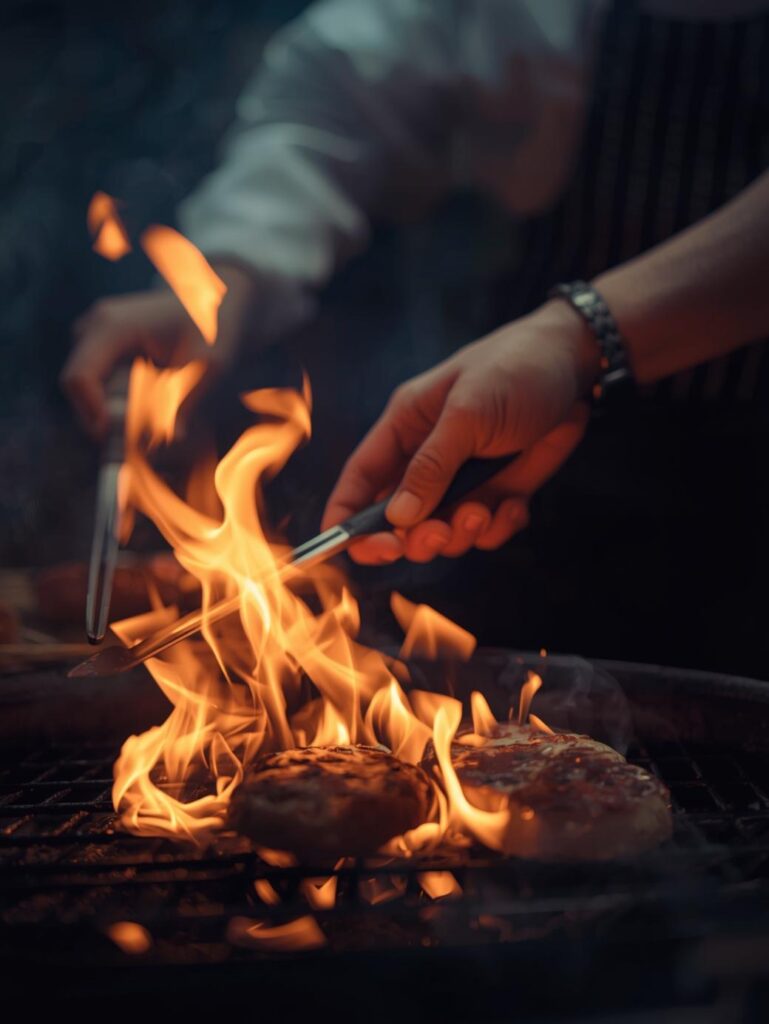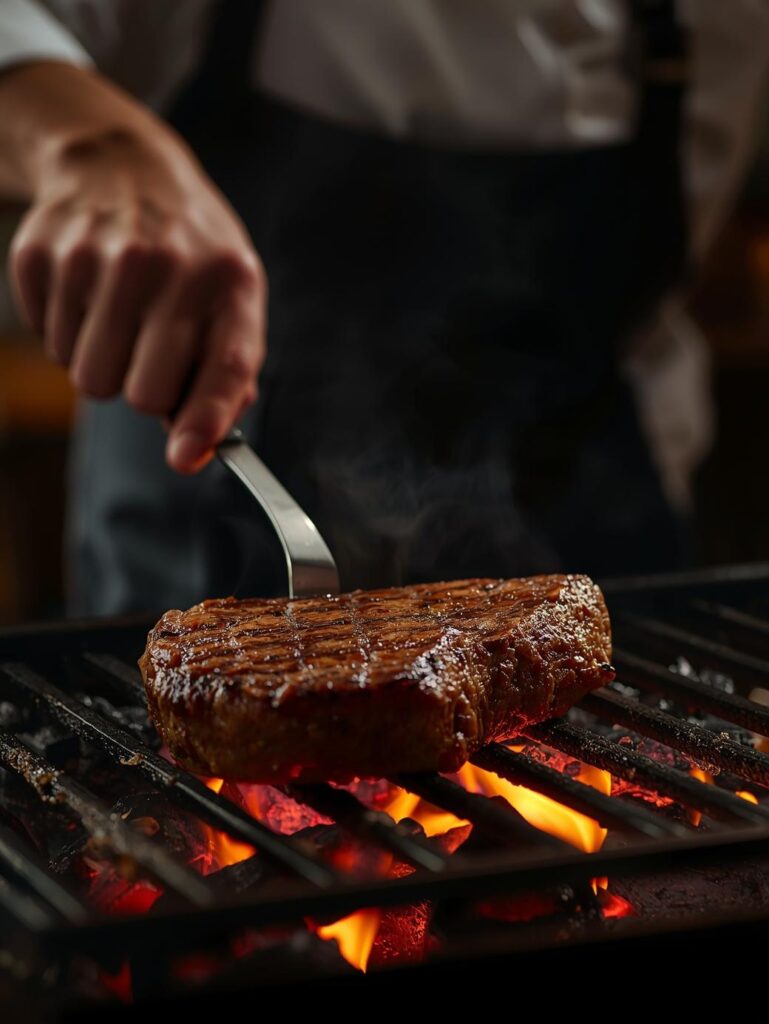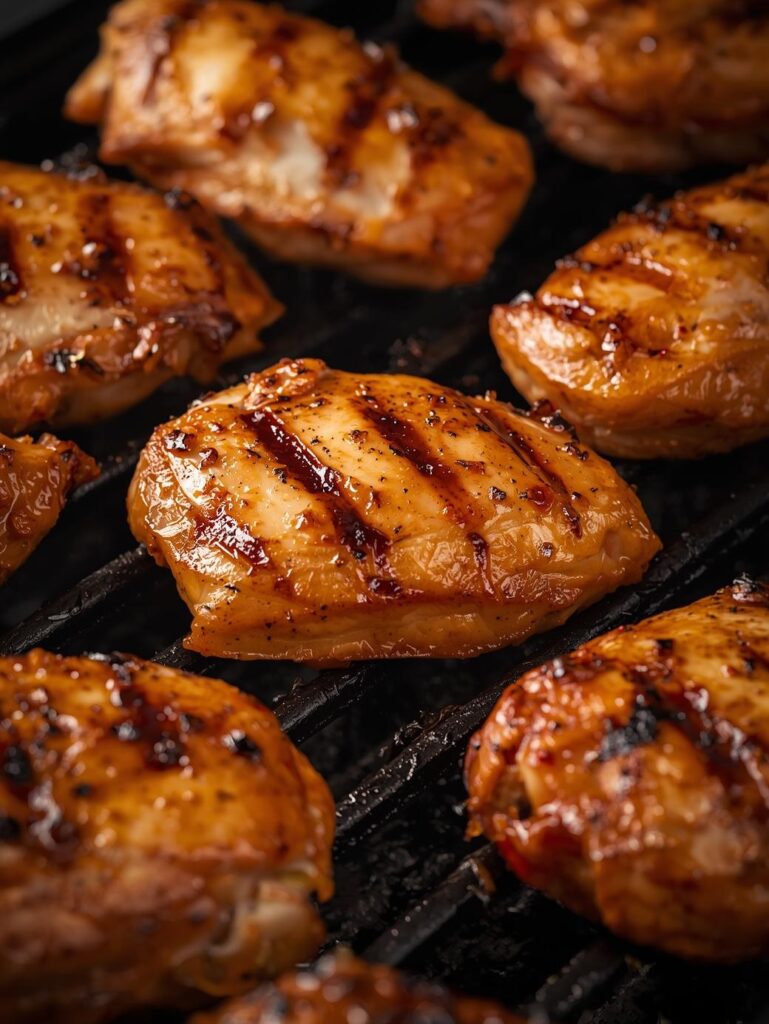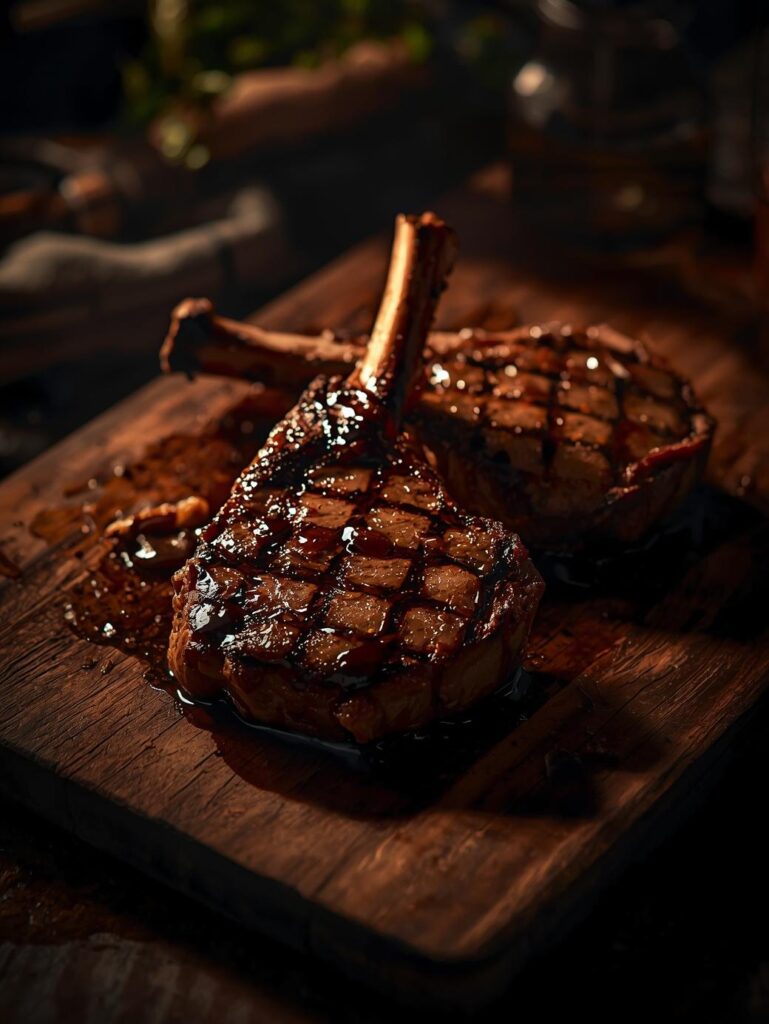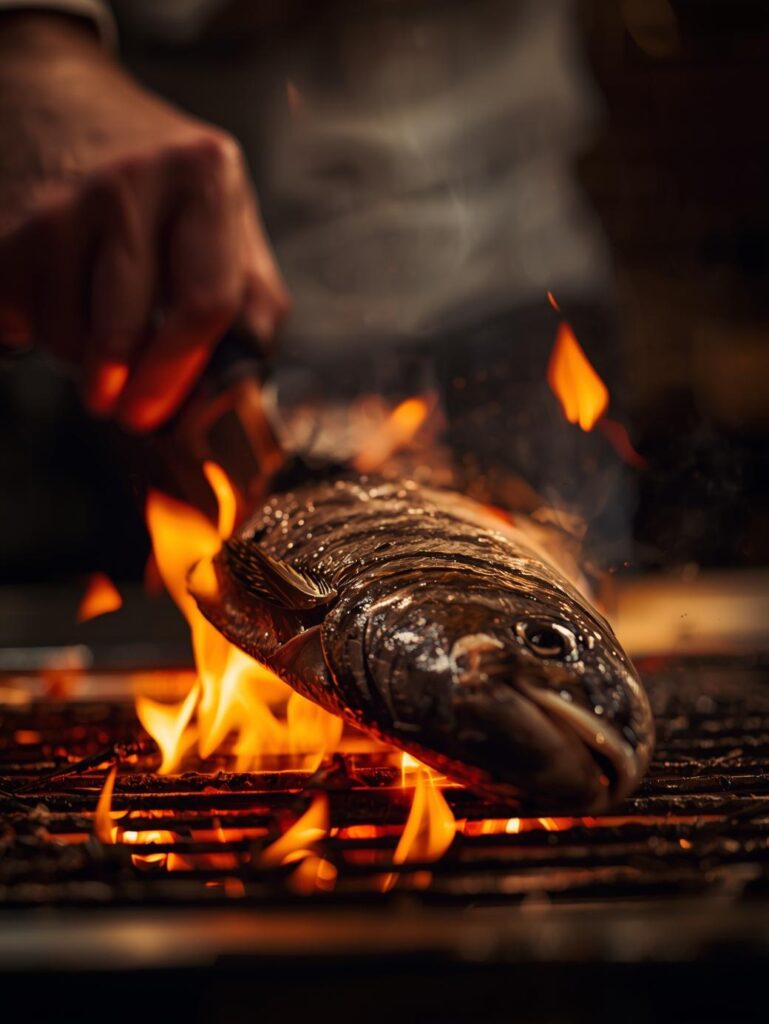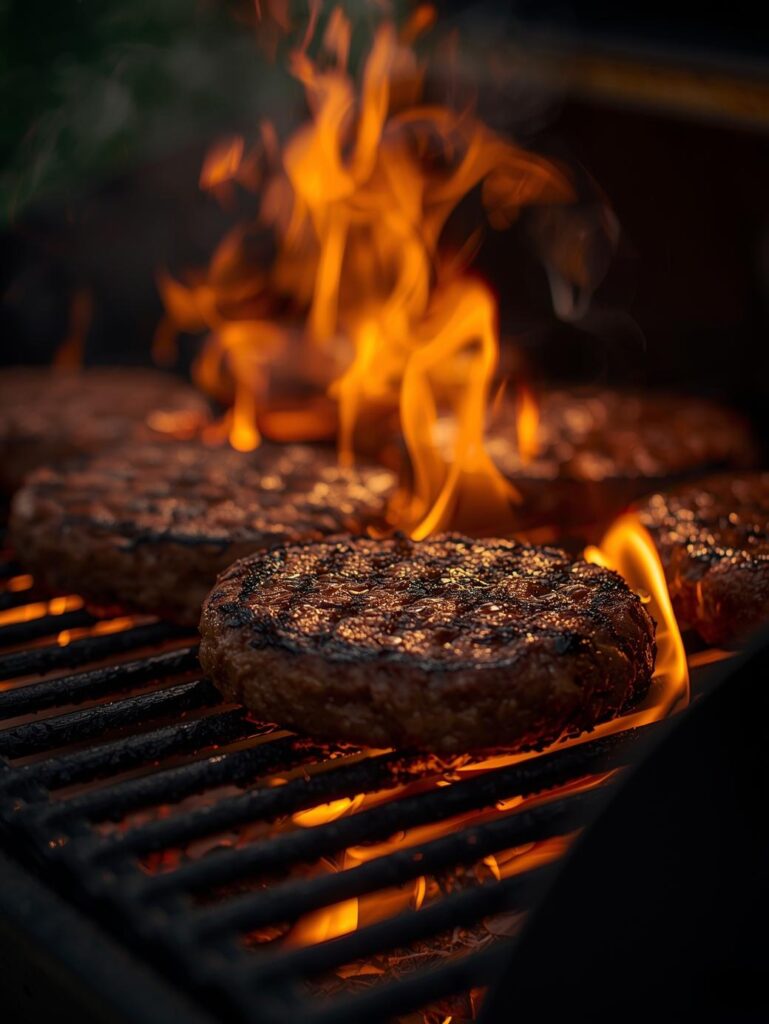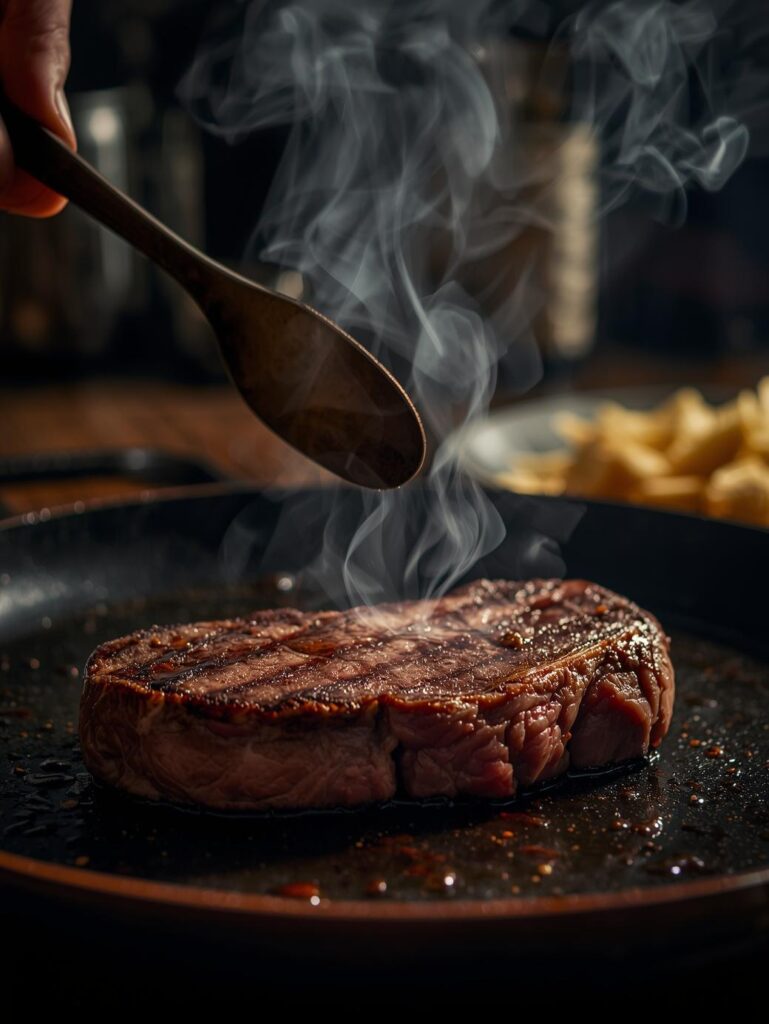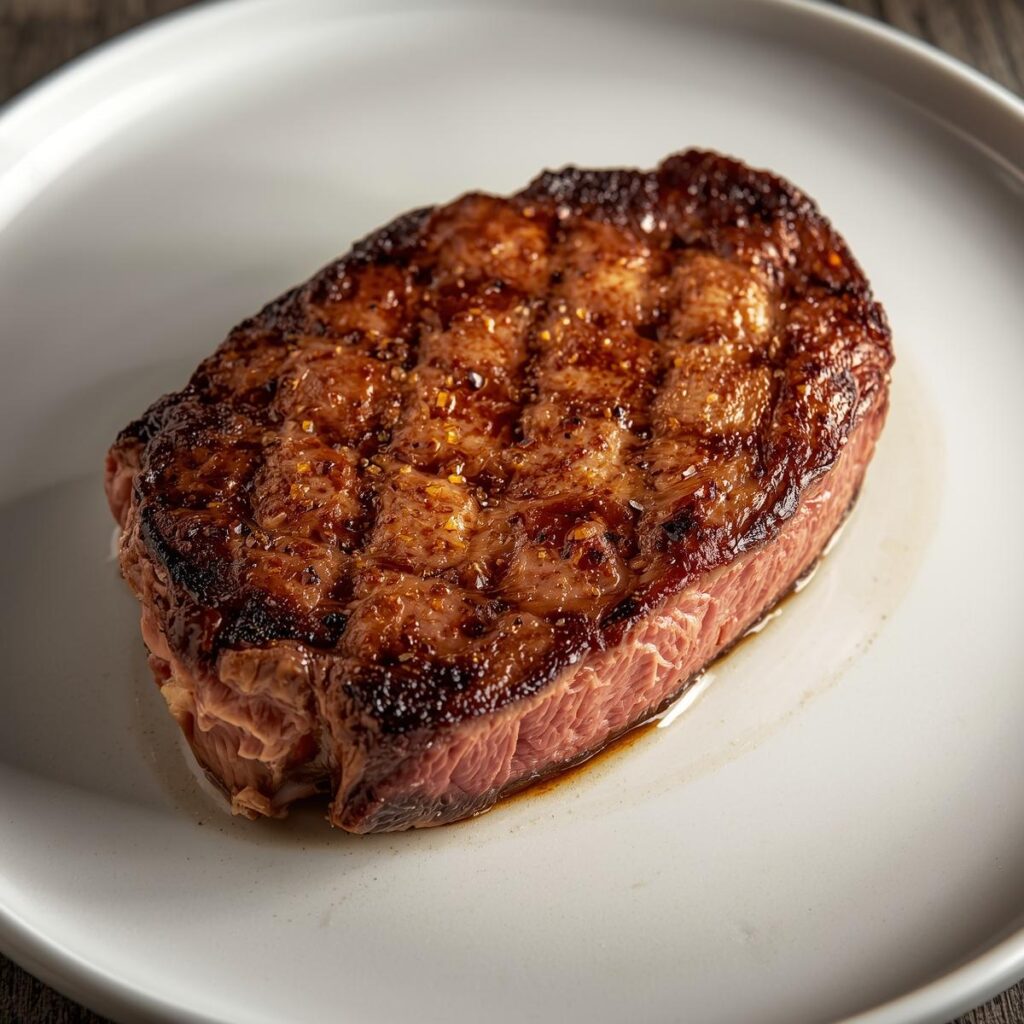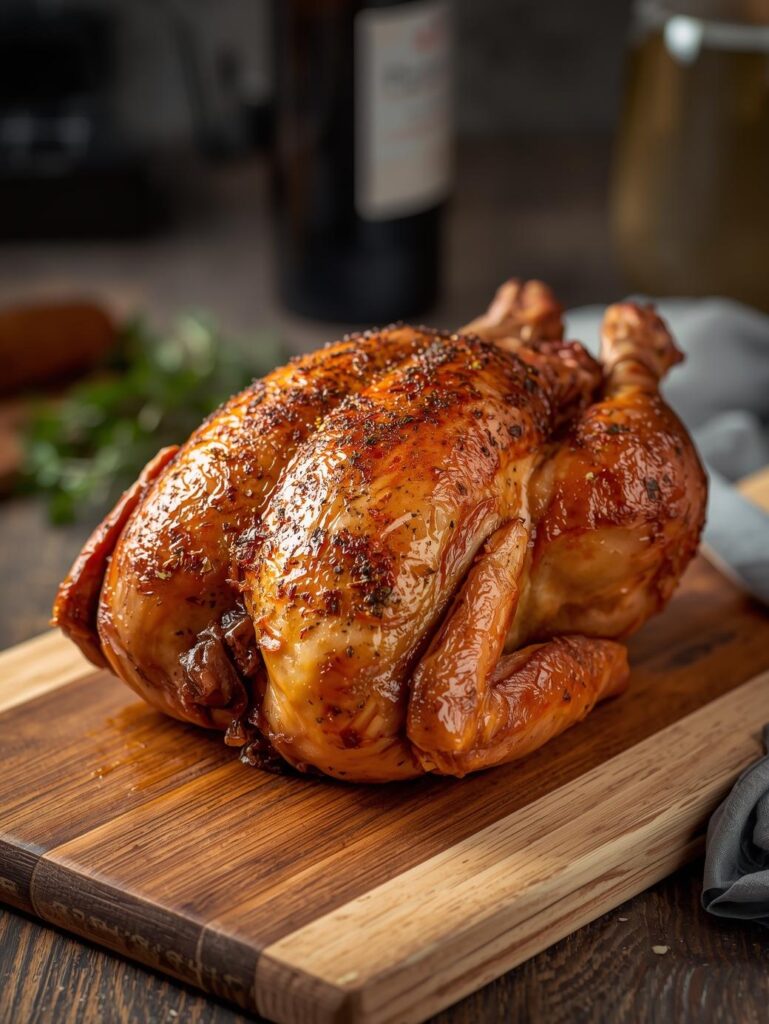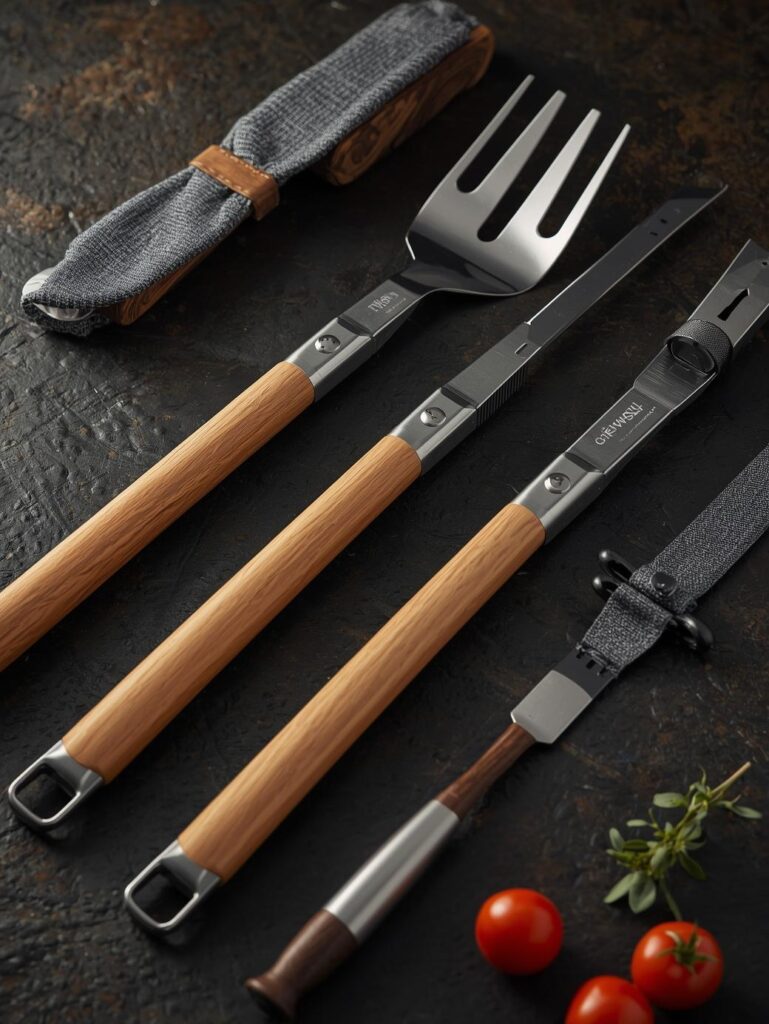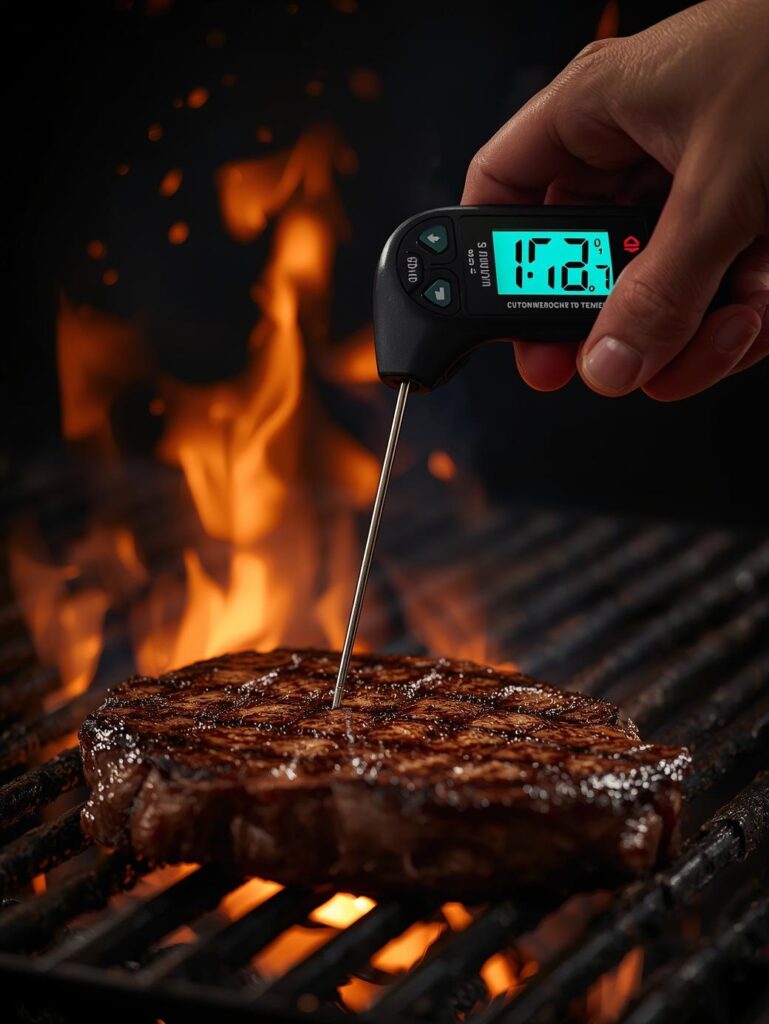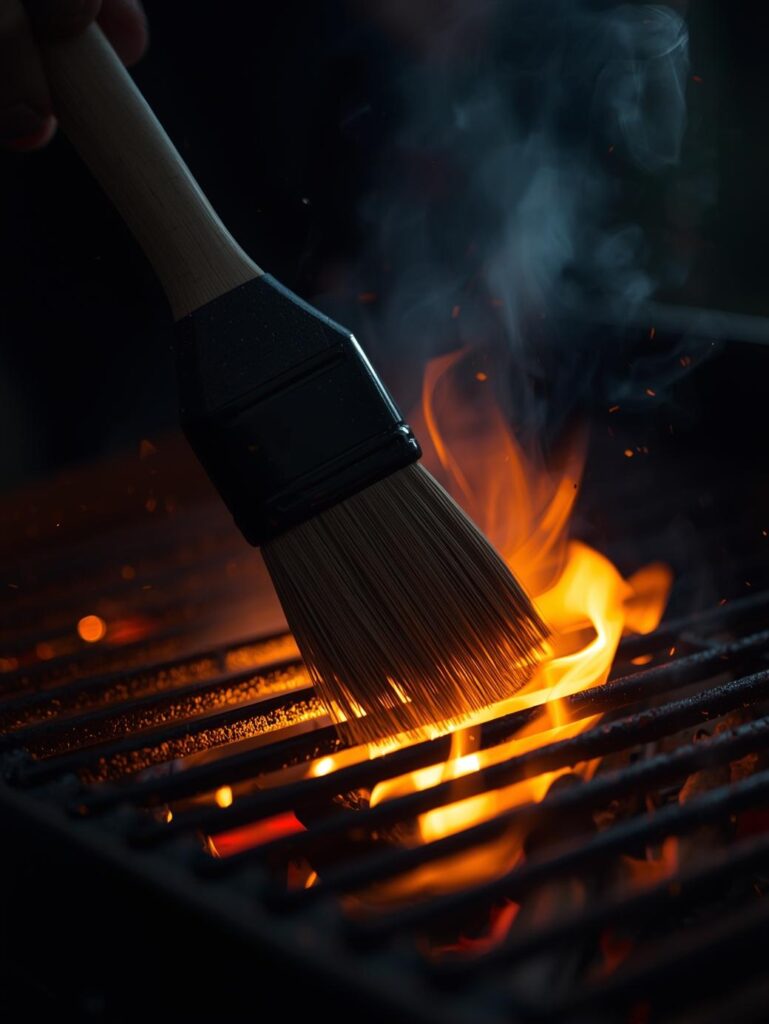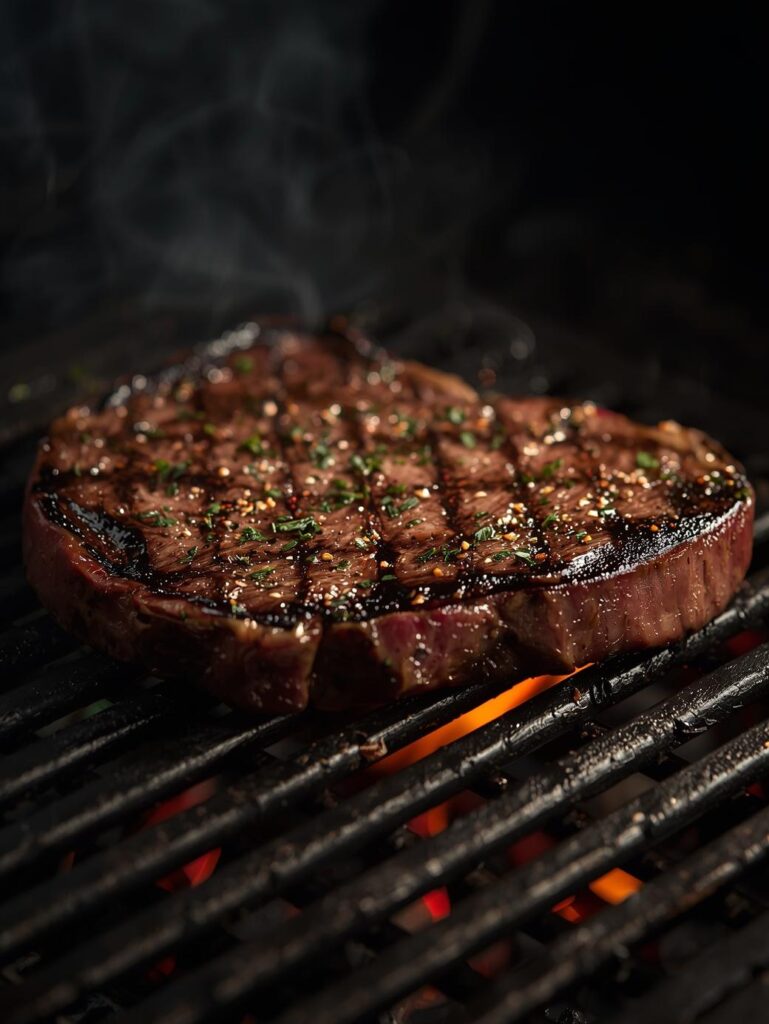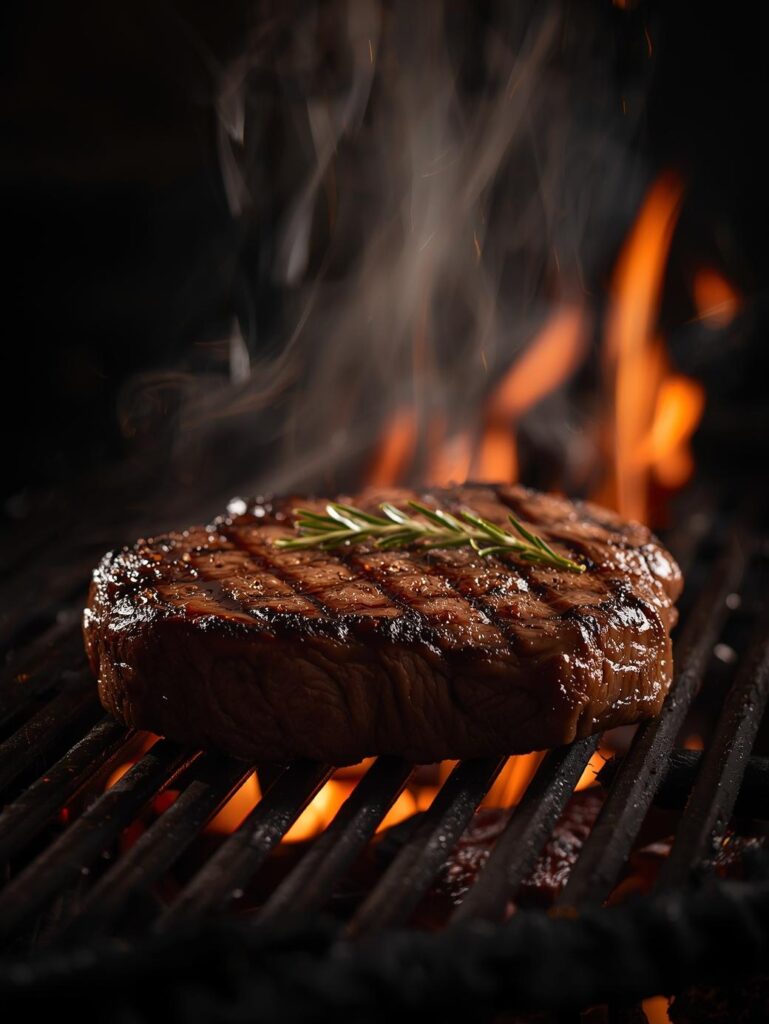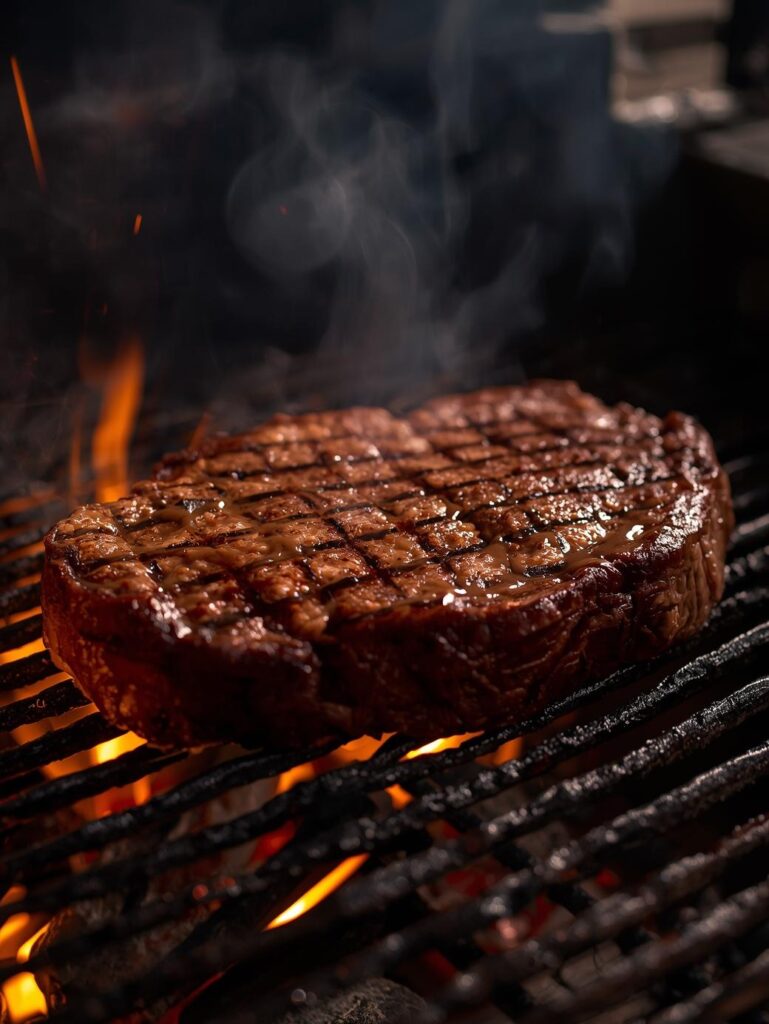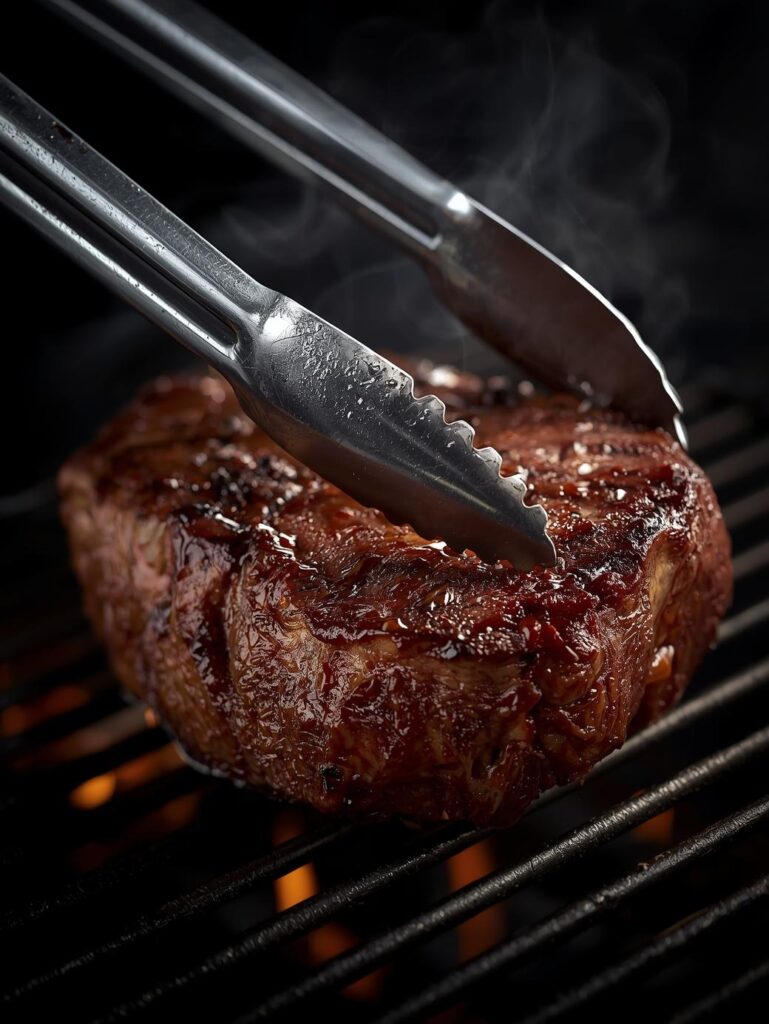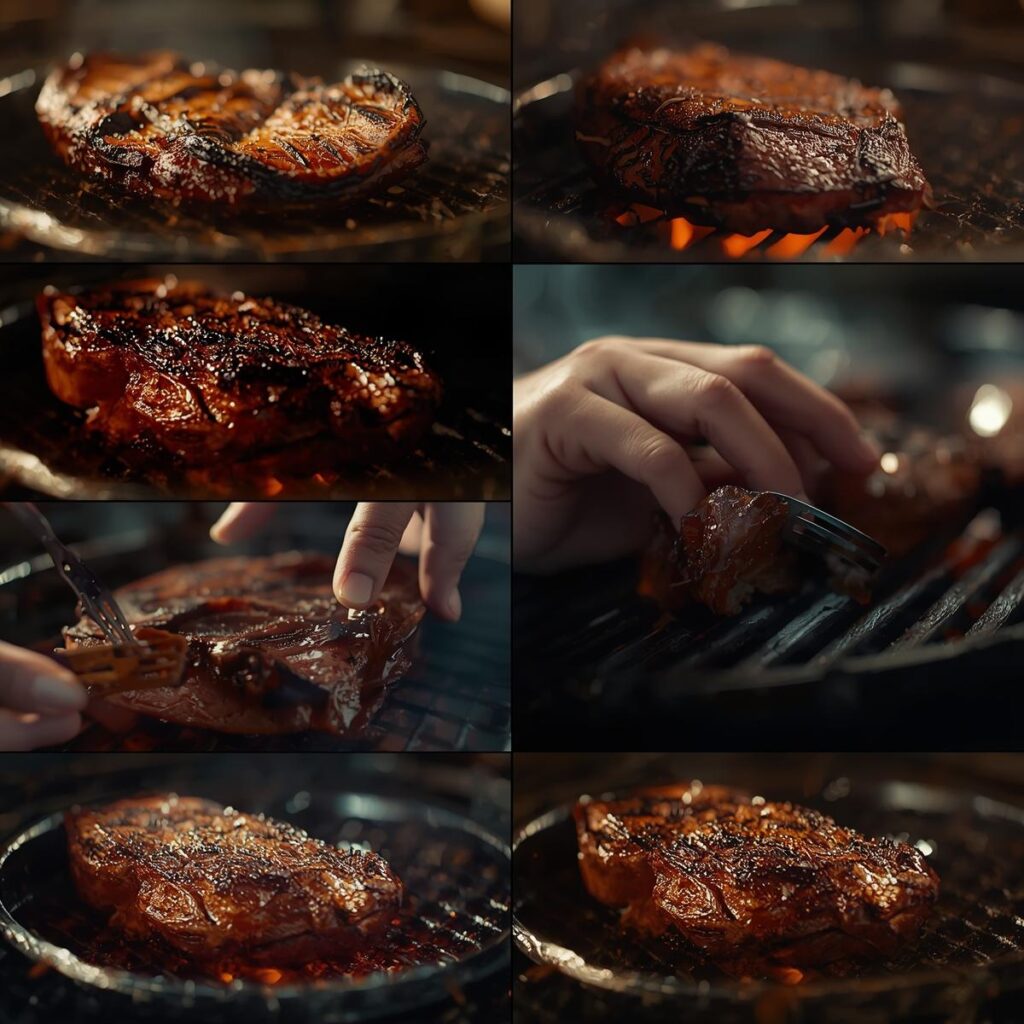Grilling Hub Note: This hub is part of our comprehensive BBQ Methods & Techniques Encyclopedia – focused specifically on high-heat grilling mastery for perfect steaks, burgers, and everything in between.
🔥 Grilling Techniques Hub: Master the Art of High-Heat Perfection
Your Complete Guide to Direct Heat, Searing, and Flavor Development
Why Grilling is the Foundation of Outdoor Cooking
Grilling represents the most immediate and satisfying form of live-fire cooking—a method that uses high, direct heat to create caramelized crusts, beautiful grill marks, and smoky flavor in minutes rather than hours. Unlike smoking’s low-and-slow philosophy, grilling operates at high temperatures (400-600°F) for short cooking times, making it perfect for weeknight dinners and spontaneous gatherings. The intense heat triggers the Maillard reaction, creating hundreds of complex flavor compounds that define the characteristic “grilled” taste we crave.
What separates adequate grilling from exceptional grilling is understanding heat management. Most home cooks use a single-temperature approach, but mastery comes from manipulating direct heat (for searing and quick-cooking items) and indirect heat (for thicker cuts and gentle cooking) in concert. This hub organizes our complete grilling education system into logical progressions—from fundamental fire management to advanced restaurant techniques you can execute in your backyard.
Whether you’re troubleshooting flare-ups or perfecting the reverse sear, you’ll find the exact guidance needed to transform your grilling from predictable to extraordinary. Grilling is both science and art—understanding the principles while developing the intuition to know when to flip, when to move, and when to pull your food from the flames.
🚀 New to Grilling? Start with our Absolute Beginner’s Guide to Grilling, then master the Two-Zone Fire Setup. Practice temperature control with cheaper cuts like chicken thighs and pork chops before moving to premium steaks. Consistent grilling results come from understanding your equipment’s hot spots and learning to manage flare-ups proactively.
🆕 GRILLING FUNDAMENTALS: Build Your Fire Foundation
Every great griller starts with fundamentals. Grilling differs from other cooking methods in three crucial aspects: temperature intensity (high heat), cooking speed (rapid cooking), and heat application (primarily direct with some indirect). Understanding these differences prevents the most common beginner mistakes like burnt exteriors with raw interiors or uncontrollable flare-ups.
Key concepts to master first: two-zone fire setup, direct vs. indirect heat applications, proper preheating times, lid-up vs. lid-down cooking, and the science of Maillard reaction development. Learning to manage these variables transforms grilling from a guessing game into a precise cooking method.
🎯 FIRE MANAGEMENT & TEMPERATURE CONTROL: The Griller’s Compass
Temperature control separates casual grillers from masters. Whether you’re using gas convenience, charcoal flavor, or pellet precision, each fuel type requires different management strategies. Gas grills need proper preheating and burner zone management, charcoal demands arrangement techniques for heat control, and pellet grills require understanding their convection characteristics.
Advanced fire techniques include: creating custom heat zones for different foods, managing flare-ups without losing heat, recovering from temperature drops when adding food, and using the “hand test” to gauge grill temperature when thermometers aren’t available. The most skilled grillers can maintain precise temperature ranges for different proteins—high heat for searing steaks, medium for poultry, and lower heat for delicate fish and vegetables.
🥩 GRILLING SPECIFIC PROTEINS: Protein-Specific Mastery
Each protein presents unique grilling challenges and opportunities. Beef steaks demand high heat for crust development, poultry requires careful attention to internal temperature to avoid dryness, pork benefits from moderate heat to render fat without burning, and seafood needs delicate handling to prevent sticking and overcooking. Understanding these differences is the key to restaurant-quality results.
Protein-specific grilling strategies: steak thickness-to-heat relationships, chicken doneness verification without piercing, pork chop brine techniques for juiciness, fish skin management for crispness, and shrimp sizing for perfect timing. The best grillers adapt their techniques to each protein’s unique structure, fat content, and thickness.
🔪 ADVANCED GRILLING TECHNIQUES: Beyond Basic Flipping
Once you’ve mastered fundamentals, advanced techniques open new culinary dimensions. Reverse searing delivers perfect edge-to-edge doneness on thick cuts, plank grilling infuses subtle wood flavors while preventing burning, and vertical roasting (like beer can chicken) creates incredibly moist results. Each technique solves specific grilling challenges while expanding your culinary repertoire.
Pro-level methods include: cross-hatching grill marks for presentation, managing multi-protein cooks with different timing requirements, grilling pizza and flatbreads with perfect char, and using specialized tools like grill baskets and planks for delicate items. These techniques separate occasional grillers from true masters of live-fire cooking.
🛠️ GRILLING TOOLS & EQUIPMENT: Your Extension at the Grill
The right tools transform grilling from a struggle into a seamless experience. While you can grill with just tongs, mastering equipment selection and use dramatically improves results and safety. Thermometers eliminate guessing about doneness, grill brushes maintain proper cooking surfaces, and specialized tools like fish turners and grill baskets expand what you can successfully cook.
Essential tool mastery includes: instant-read thermometer accuracy testing, long-reach tongs for safety, grill brush selection for your grate type, and cast iron integration for searing and sides. Understanding which tools deliver value versus which are gimmicks saves money while improving your grilling capabilities.
🚨 TROUBLESHOOTING: Solve Common Grilling Problems
Even experienced grillers encounter challenges. Sticking food typically indicates insufficient preheating or dirty grates. Uneven cooking often results from improper heat zone setup. Burnt exteriors with raw interiors suggest excessive direct heat without indirect finishing options. Flare-ups usually mean excessive fat dripping without proper management.
Quick fixes for common issues: managing grease fires with relocation rather than water, recovering from oversalting with acidic balances, fixing stuck food with proper release techniques, and rescuing overcooked meat with sauce applications and proper slicing. The most successful grillers anticipate problems and have contingency plans for common scenarios.
Your Grilling Journey Ahead
Grilling mastery develops through deliberate practice and continuous learning. The most successful grillers maintain mental notes about what works with different proteins, gradually refining their techniques through repetition and experimentation. Remember that every grill has unique hot spots and characteristics—learning your specific equipment is as important as learning general principles.
Next steps in your grilling education: Consider focusing on one cooking method (like reverse searing) or one protein category until you achieve consistent excellence, then expand to other areas. Many grill masters develop specialties in 2-3 areas rather than trying to master everything simultaneously. Documenting your results with notes and photos accelerates the learning process significantly.
Whether you’re pursuing weeknight excellence or entertaining mastery, the resources in this hub provide the foundation for grilling success. The journey from novice to master typically takes one full grilling season of regular practice—be patient with your progress and celebrate each learning milestone along the way.
Ready to Master All BBQ Methods?
Continue to our complete BBQ Methods & Techniques Encyclopedia for 85+ cooking methods beyond grilling, including smoking, roasting, braising, and modern techniques like sous vide.

